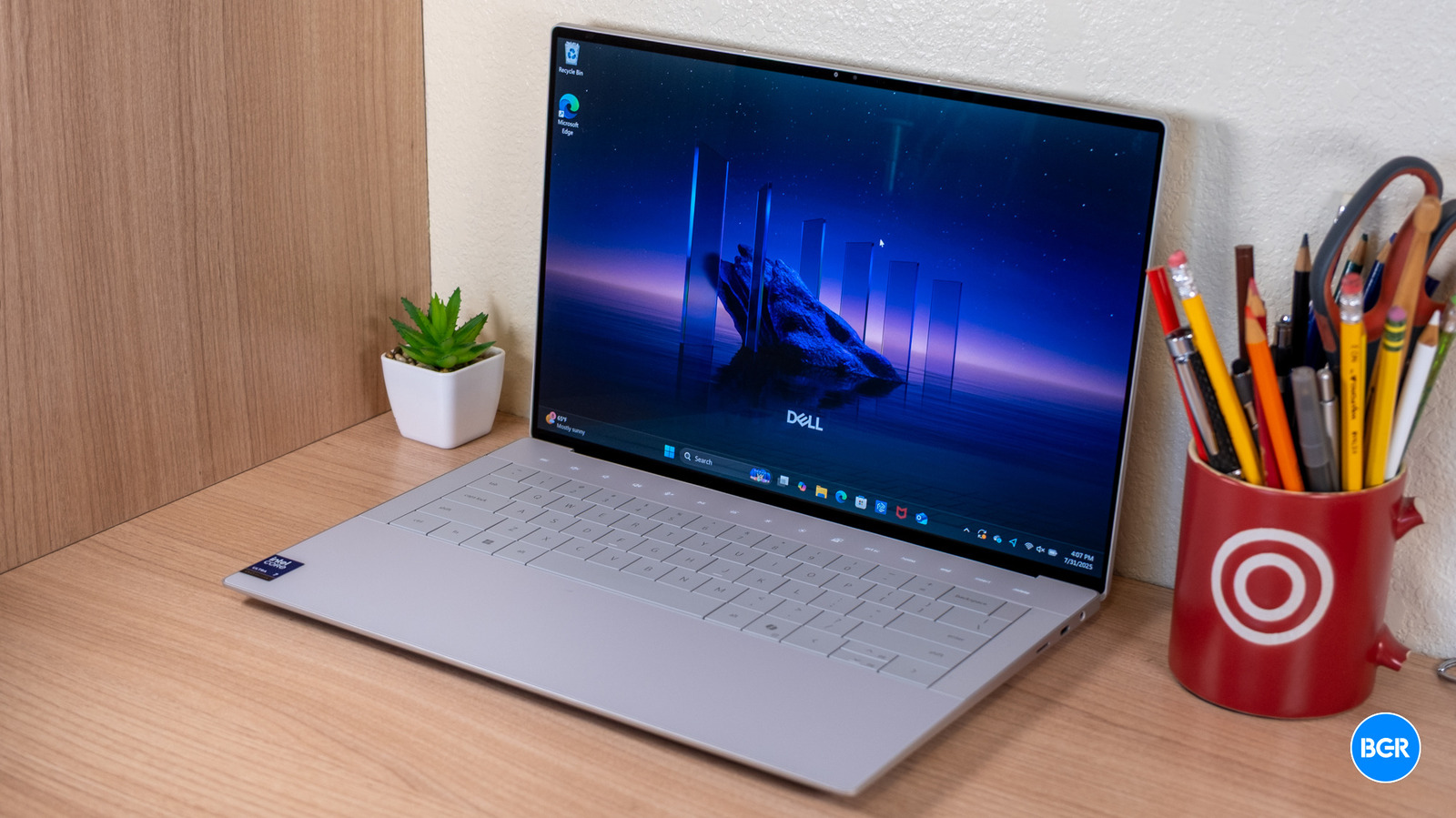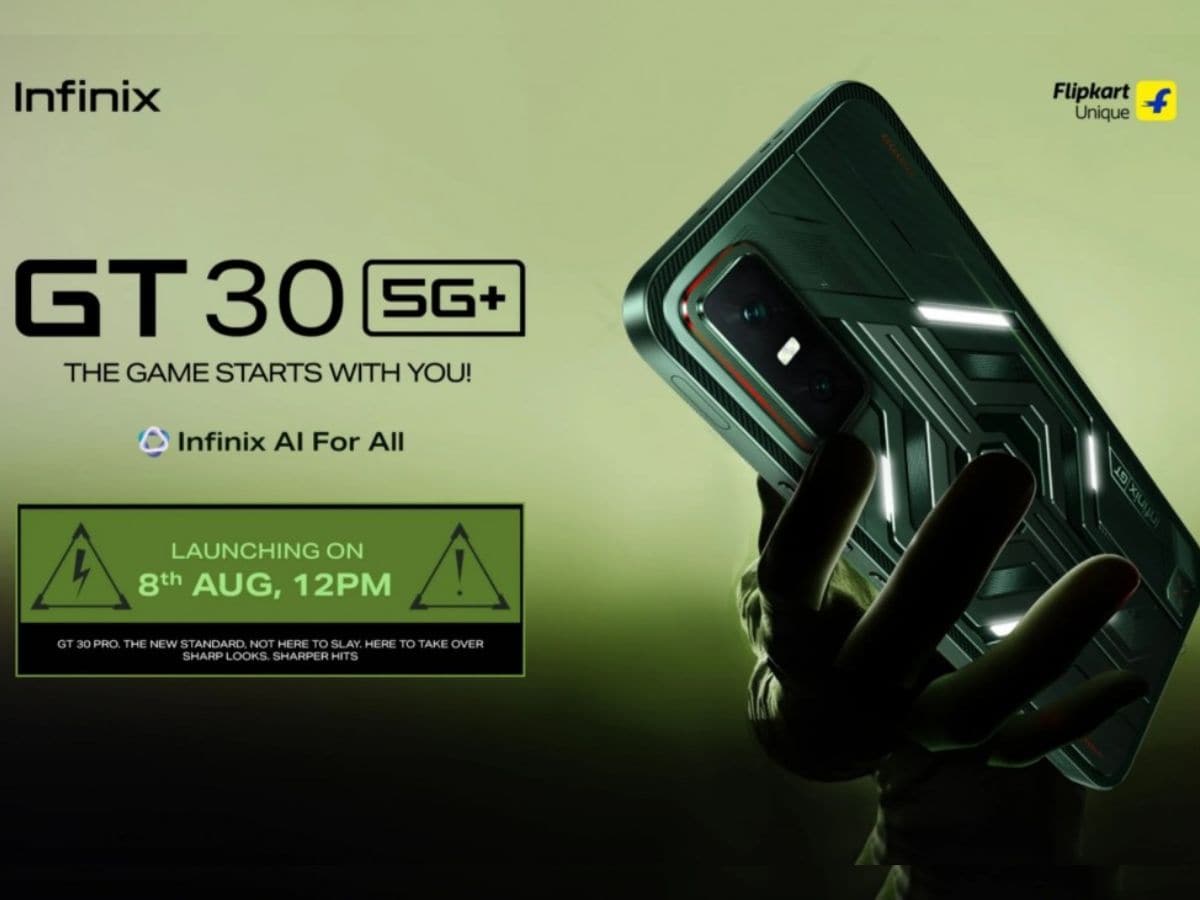According to Macrumors, Apple is moving up a gear on a very exciting project: providing its future iPhones with new ultra -performing photo sensors, with a dynamic range close to that of the human eye.
In any case, this is what emerges from a leak published on the Chinese social network Weibo. The Leaker Fixed Focus Digital indicates that last month, Apple filed a patent entitled “ Image Sensor With Stacked Pixels Having High Dynamic Range And Low Noise », Or« Stacked pixel image sensor offering a high dynamic range and low noiseIn French.
The document describes a new advanced sensor architecture. As this title suggests, its first argument is a noise processing system (signal variations that can reduce image quality) made directly on the chip. To achieve this, Apple would have endowed ” each pixel of its own integrated memory circuitWho measures the noise generated by the system temperature, in order to cancel it in real time.
A Dynamic Record range?
The second is a dynamic range (the sensor capacity to capture details in areas that are both very clear and very dark) of up to 20 diaphs. This value obviously remains theoretical, but it is nonetheless significant. This would position this sensor well above the majority of high-end smartphones (10 to 14 diaphs), and even most professional cineas, even if the comparison is not entirely appropriate.
We even start to approach the sensitivity of the human eye, the dynamic range of which is estimated at a little more than 20 diaphs. Admittedly, the comparison still leaves something to be desired, since the functioning of our visual system is radically different from that of a digital sensor. But this still allows to appreciate the extent of the innovation deposited by Apple, at least on paper.
Tech giants are used to patent any promising technology, even if they do not necessarily intend to use it, if only to protect an idea in order to cut the grass under the foot of the competition. But still according to Fixed Focus Digital, this is not the case here. Apple would have already built the sensor and started tests in real conditions, which suggests that it could be integrated into certain iPhone models in the medium term.
In search of independence
It is a fairly convincing interpretation, in particular because it would allow Apple to emancipate from Sony. The Japanese giant currently provides photo sensors from the entire iPhone range and, by developing its own internal alternative, the apple could gain in strategic autonomy and flexibility in integrationas she has already done by developing her own Soc Apple Silicon. A very attractive argument which accentuates the credibility of this hypothesis.
Obviously, it is still too early to say that this revolutionary sensor will one day arrive on the market. But it will be interesting to keep an eye on this engineering effort that could change the situation in the universe of photophones.
🟣 To not miss any news on the Geek newspaper, subscribe to Google News and on our WhatsApp. And if you love us, .












